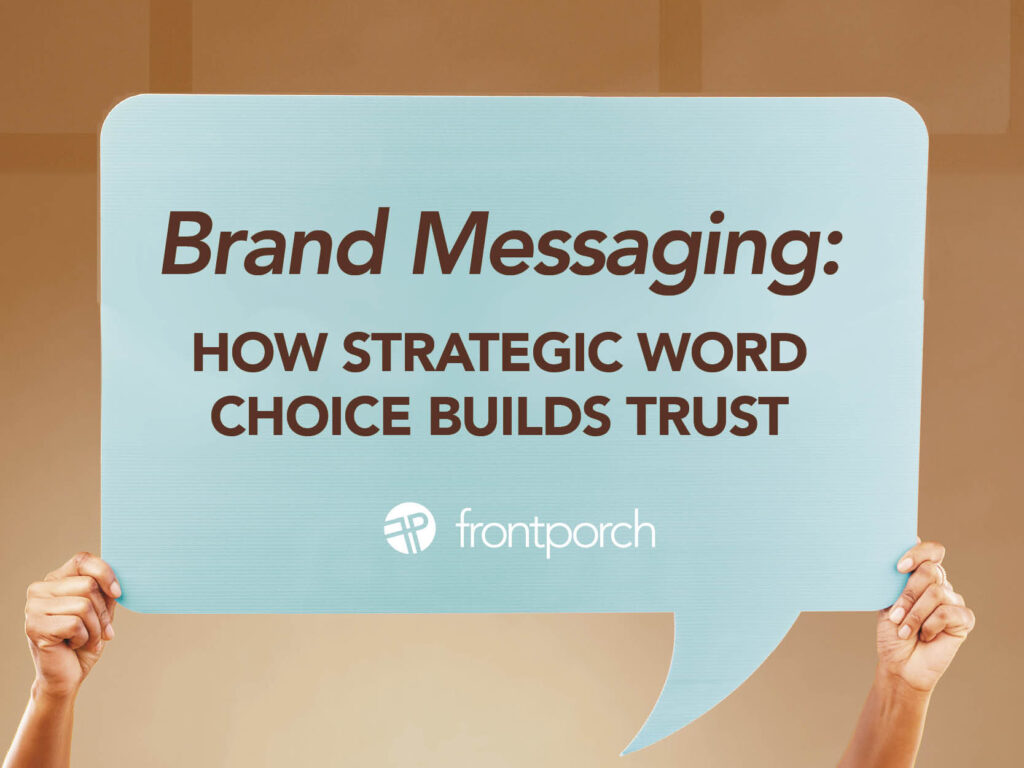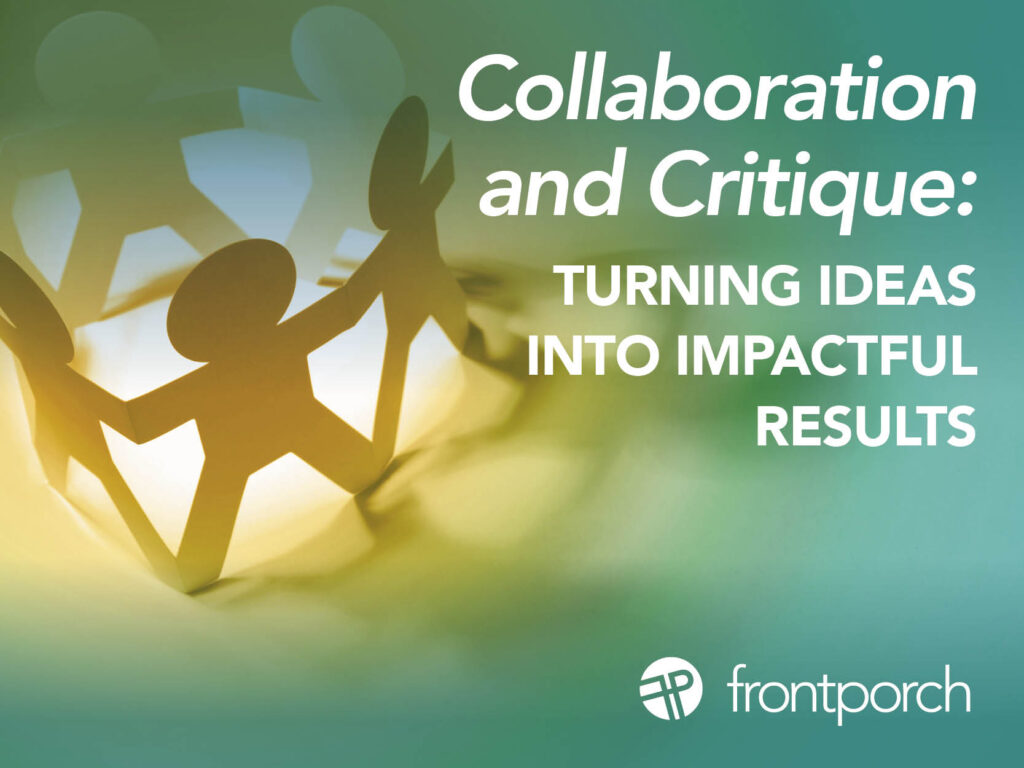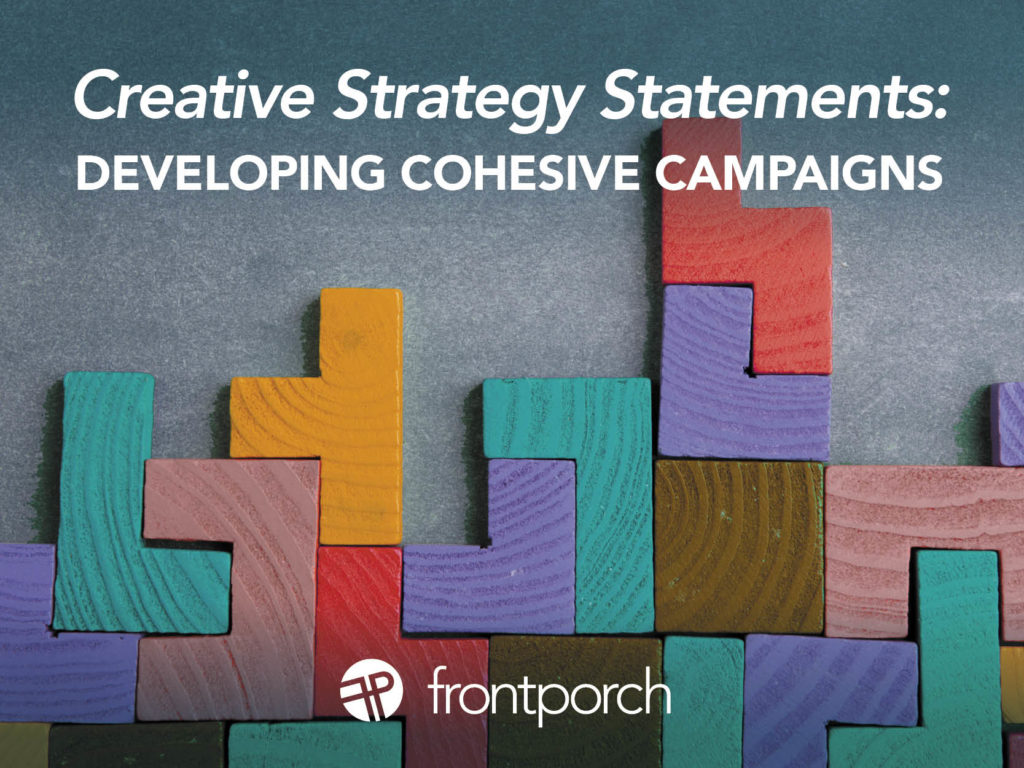
Brand messaging is the foundation of the relationships your company makes. Whether it be with potential or current consumers, staff, partners, or investors, healthy relationships are crucial to successful brand operations. Just like any relationship, communication is the binding force that brings us together and helps us achieve our goals. The choices that a brand makes regarding vocabulary, tone and style can make or break connections with relevant audiences.
Consistency Creates a Cohesive Brand Identity
Before crafting any marketing materials, a brand needs to discover and strengthen its unique identity. By having a firm grasp on what your brand represents, every step moving forward has guidelines to work off of.
This includes determining the feel of your brand — what tone do you want to approach your audiences with? Whichever mood you focus on should be prevalent throughout your marketing materials. This means carefully choosing words and phrases that go along with your tone. The more you push this identity to audiences, the more their familiarity with your efforts will increase. Familiarity often transforms into dependability, strengthening your brand reputation.
Clear and Transparent Communication Shows Reliability
Audiences won’t support a brand they don’t trust — it’s as simple as that. Choosing a brand to engage with depends on many factors, such as product quality, pricing and brand values. But how do audiences learn this information? That’s up to how the brand decides to tell them.
If consumers can’t clearly learn who you are and what you stand for, they may view you in a lesser light, or not even give you any more of their time. This can easily be avoided by thoughtfully crafting your brand messaging, removing fluff and other factors that take away from your main points. When you know who you are as a brand, you can communicate it more clearly to your target market. When audiences recognize that you’ve put the time and effort into defining your brand, and you convey these values clearly, they’ll see you as more established and reliable each time they interact with you.
Empathy and Relatability Make Your Brand Human
Most industries are overwhelmed with competition, with each company looking for ways to differentiate themselves from the others to win over consumers. While it’s more important than ever for brands to capture the attention of target markets quickly, it’s just as crucial to nurture relationships and build consumer loyalty. Like with any relationship, a brand must be readily available to talk with its audiences.
People value the authenticity of a personal touch and are more likely to engage in friendly conversations than with robotic, automated messages. Whether it’s crisis management or customer service, the customer experience should always feel approachable and genuine. While methods may vary based on company resources, brands should prioritize accessible and direct communication with consumers, as adopting a natural, conversational tone can encourage higher engagement and increased customer loyalty.
Speak Clearly, Connect Deeply
Brand messaging is the cornerstone of all company relationships. Audiences learn about your brand from what you tell them, so first impressions — and each impression after that — are everything. By prioritizing consistency, reliability and empathy in your messaging and approach, your marketing materials will prove why audiences can confidently supporting your brand.




